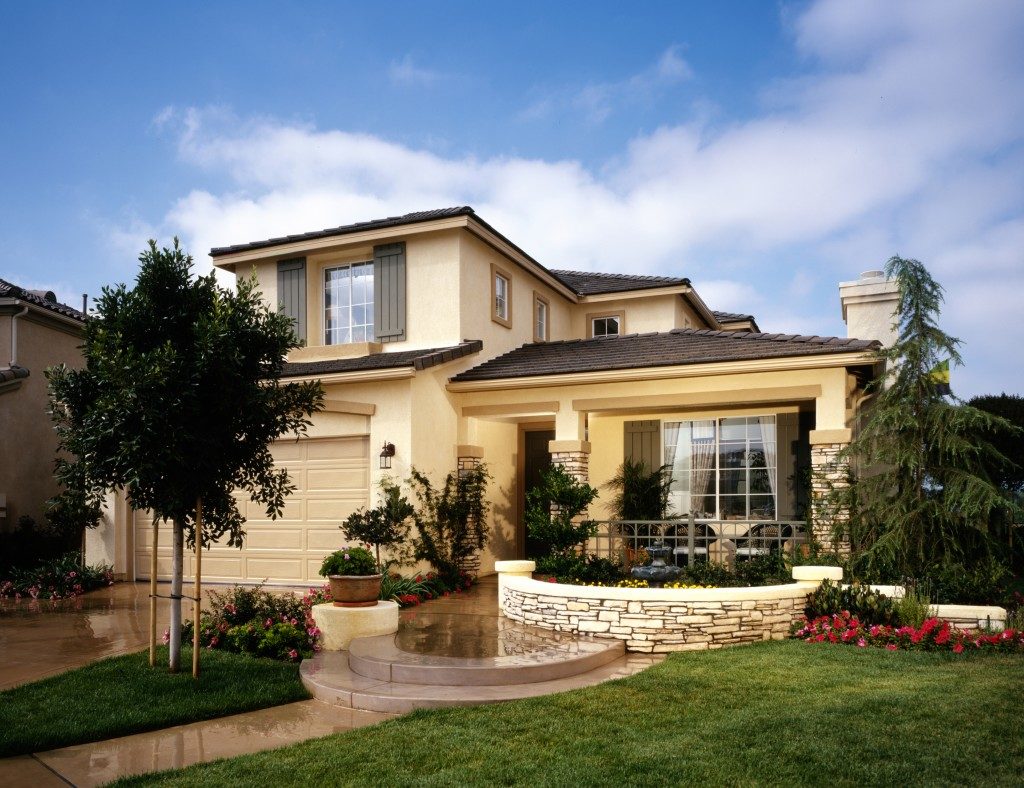So you’ve purchased land to build your own house. You think you’ve gotten over a big chunk of the project, but it’s not the case in reality. The building process is a long one, and the most tedious part can even be that interval between getting a hold of that land title and the big excavator claw touching your turf.
Many aspects need to be considered before the project can take off. That includes the house’s blueprint, bill of materials, and discussions with your contractor, among others. Your and your project manager’s ideas may jive well, but it’s safe to say all these sound good only on paper. And it’s not unusual to encounter unanticipated problems when all the digging, drilling, and hammering has already commenced.
You can be that person who’s like a spinning top, so occupied with correcting mistakes that prove to be already irreversible. That can be the transfer of the location of the house’s toilet upon knowing the current one doesn’t have a good water flow or having to settle for plastic cord covers for last-minute electrical cabling installations.
Or you can be the wise planner who makes sure you’re always on the same page as your contractor in every phase of the project discussion. When it comes to execution, the unpleasant surprises can be kept to a minimum. If you want to be the latter and make sure the best is made for your house and land deal, here are the things you’d rather know now rather than later to build a house that resembles your dream the most:
Plan a House Your Family Can Live In

This advice is directed to couples who are planning to have kids or more kids in the future. Make sure you’ll allot bedroom spaces for the number of kids you’re at least planning to have. Consider all the furniture and fixture changes that you’ll most likely do as they grow up.
The same is true with your bedroom and common spaces like the living and dining rooms. The reason for this is you’ll definitely grow old and won’t necessarily maintain the same lifestyle. You would want to have a contingency plan for making your sleeping quarters and other functional spaces easily accessible.
Clear Your Site
We’re sure it’s taken you time to deliberate on which lot you’ll build your house on. But, it’s always good to check if there are trees, those with largely penetrating roots, that can pose problems to the integrity of your house, and so you might need to uproot them. To further verify if your lot is worth building on, you also need to check for the area’s air circulation, if it ever gets adequate sunlight, if there is sufficient space for workers and their equipment to work around the planned expanse of your house, or if there are potential hazards such as nearby landforms that can be prone to soil erosion.
Have an Inclusive Budget Plan
Trust us; you wouldn’t want frequent trips to the hardware and out-of-pocket purchasing tools like screws, nails, drawer handles, and drywall panels when you could’ve included it on the get-go while costing the project. It’s best to closely coordinate with your contractor’s cost manager to be constantly updated on. This should be for the civil aspects and the technical works involved in the project like the electrical wiring, plumbing, fire safety, and ventilation.
Before approving the project proposal, request for a rundown of costs to make sure you’re not thrown a whopping big random amount but a sum of all materials, down to the smallest nail and their respective cost estimates.
Stay Basic
As much as possible, opt for the most minimal design, neutral-coloured walls, for instance. Architectural and interior design trends evolve nonstop, and you’d want to accommodate these into your home with the least pain, as in sanding off paint that’s no longer in style. Matching new furniture wouldn’t be a headache, too, if you have a versatile interior.
It’s always wise to be thorough with planning and not be rash in your decisions. This will save you lots of precious money and time. Planning is all fun, but getting too immersed can risk missing the most important details. Think of it this way: Your house is a long-term investment, and you need to make sure it’s somewhere you can live in for a long time. If you can’t see yourself that far into the future and think you might move later, at least make this house marketable by building it well and making it open for customisation.

